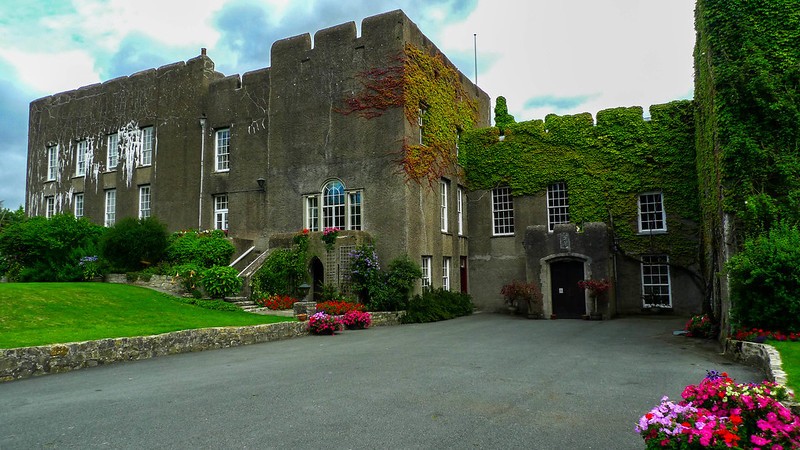Archeologists from various UK universities are baffled after discovering a 1,400-year-old gravesite at the Fonmon Castle excavations in Wales, which included human remains positioned in an unusual way and pieces of evidence pointing towards the existence of an ancient feasting ritual.

Evidence of a 'Burial Rite' That Happened Near Fonmon Castle
The medieval necropolis found near the Welsh castle contained around 80 bodies dated between the 6th and 7th centuries, according to a report by BBC News.
Andy Seaman, an archaeological researcher at Cardiff University with an early medieval focus, explained in a statement that dig sites that are confirmed to have been dated around this period are "extremely rare in Wales" and are usually free from well-preserved "bone and artifacts."
"The Fonmon cemetery will allow us to discover so much about the people who lived here," he added.
This particular find precedes its Fonmon castle neighbor by approximately five centuries and has already yielded new valuable insights into the "unexpected artifacts" within it and the meaning behind the "unusual positions" that the remains were found in.
Some skeletons that were unearthed had been buried conventionally, with the bodies laid on their backs, however, other remains were found to be laid on their sides with some in the "fetal" position with their knees hugging their chests.
Seaman said that there had been other sites found that contained "bodies in crouched positions such as this," but this particular gravesite in Fonmon has a higher count which could point towards "some sort of burial rite being carried out."
Read Also : Artist to Represent Poland in Upcoming 2024 Venice Biennale Was Cut, Prompting Claim of 'Censorship'
Analyzing the Bones and Artifacts Within the Fonmon Graves
University of Reading Osteoarcheologist Summer Courts told BBC that even though the reasoning behind the bodies' odd position is still unclear, she and her colleagues have still learned a lot by examining the bones themselves.
"We have some teeth that are very worn in kind of a funny way that might indicate the use of teeth as tools," said Courts, theorizing that the individuals buried in the site may have used their teeth for "leather work or basketry" by pulling material "through their front teeth."
As reported by The Guardian, artifacts that were believed to have been used for metalwork and a handful of animal remains that looked as if they were butchered or cooked were also found alongside the bodies.
In addition, Seaman said that shards that are thought to have been a part of imported wine bottles, some traced to France's Bordeaux region, were also discovered by the archaeologists. These were uncovered in tandem with other imported goods, including fragments of North African pottery.
Despite all the artifacts that have been found, no substantial proof points towards people living close to the gravesite, which led the archaeologists to the theory that the cemetery was a place where "ritual feasting" took place.
For Seaman, these rituals could have been held to "celebrate or mourn the dead," saying, "It's not just a place for people being buried, but it's a place where communities are coming together."